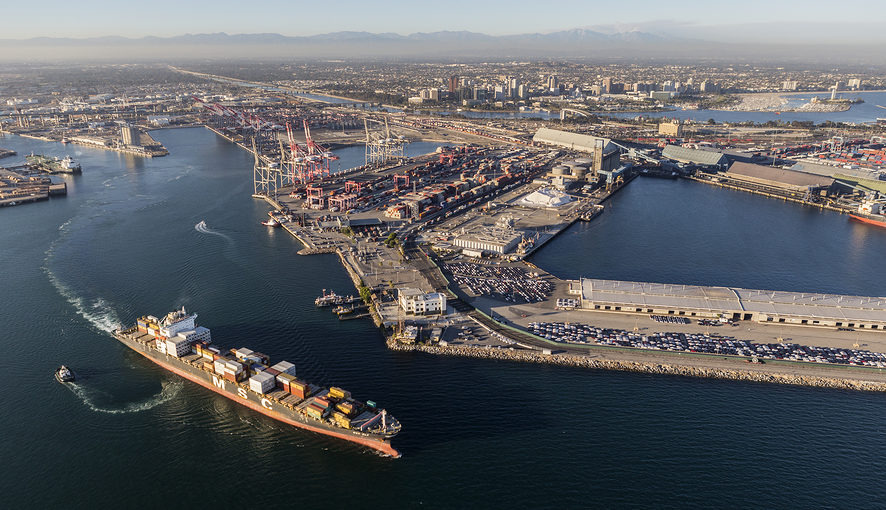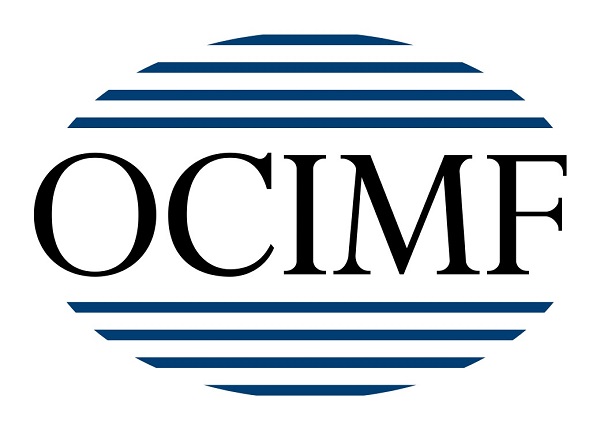IN recent months there has been a lot of talk about streamlining and harmonising the relationship between port and ship to ensure both can improve efficiency. Whether it is about using a digital platform, or a system to reduce fuel consumption, the maritime and shipping sectors are focused on finding the last drop of savings
So how can we improve the turnaround time of a vessel in a port? Bad for crews of course, they get even less chance to get ashore the better a port gets at working the ship, but good for everyone else as efficiency kicks in and the ship can be back at sea where it earns money.
The answers are found in time stamps within a network of communication that has become known as Port CDM; or port collective decision making, where whichever actors are involved in the activities of a vessel in port are called on to share information that impacts others. In essence it is about cooperation and coordination.
So what goes wrong?
A common situation is that vessels arrive according to plan, but the port is not ready to serve the vessel, says Mikael  Lind from the Swedish research group RISE which is looking into this.
Lind from the Swedish research group RISE which is looking into this.
“Imagine if everybody involved in port calls can synchronize their actions based on good insights of other actors’ plans and outcomes;” he says.
So that means a tug operator can plan the distribution of the use of tug boats in a more accurate way than they currently do, basing decisions on actions planned for or taking place in the terminal.
Also berth planning could be done precise based on continually updated information on the vessel’s arrival, with everyone involved with the
berthing (linesman, shore side teams, agent and cargo representatives able to time their schedules accordingly.
Better and standardised co-ordination also minuses the risks of large vessels passing each other in restricted fairways and roads or having to loiter, with engines idling, as another ship passes.
On average it has been estimated that the port visit duration time could be decreased by up to 25%, just by better port-to-port co-ordination. Lind has been working on the concept of PortCDM within the EU funded Ship Traffic Management Validation project, and has been instrumental in forming the PortCDM Council to promote the potential efficiencies further.
But it is not only the port that can realise significant savings he says. If savings can be realised across all the ports of a specific shipping line’s service rotation, it could enable that operator to save one vessel which translates into huge savings.
The savings come from a systematic sharing of standardized time stamps existing in the system environment within the port as well as with shipping lines, other ports, and hinterland actors. These time stamps lead to the creation and use of key performance indicators focused on predictability and punctuality, and the Port CDM has created this in detail. SO now, says Lind, ports will be able to measure improvements and perform benchmarks with peers.
Michael Lind and others from the PortCDM Council will be talking about the huge potential of sharing standardised time stamps at the Smart Operations event in Singapore on November 29th , along with Marine Fields, one of the first companies to push ahead and commercialize a PortCDM platform.
Fathom-News.com


































